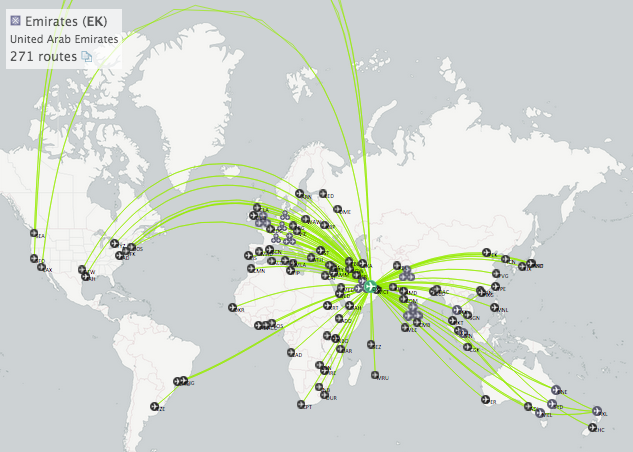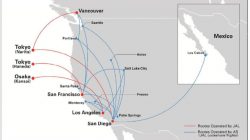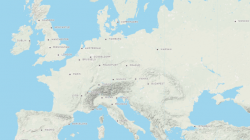Today, Emirates filed for a new codeshare agreement with Alaska Airlines that, pending regulatory approval, will include 300 flight numbers as well as a separate set of reciprocal elite benefits that include access to airport lounges.
Emirates Skywards Gold and Platinum members will be able to access Board Rooms in Anchorage, Seattle, Portland, and Los Angeles when they book an Emirates flight that connects with Alaska Airlines. Alaska’s own MVP Gold and 75K members will also be able to access the Emirates Business Class lounges in Dubai. Priority check-in and boarding are in the works.

I discussed these changes with Charles Breer, Alaska’s Managing Director of Alliances, to learn more about how he expects stronger ties with Emirates will impact Alaska’s customers.
Emirates is just the latest in a recent trend to expand the number of airlines with which Alaska has agreements to offer reciprocal elite benefits. Because Alaska is not a part of any major airline alliance, it must negotiate separately with each airline. This has largely been limited to earning and redeeming miles — one reason why Alaska has 40+ award charts — but it has had some arrangements with its two domestic partners, American Airlines and Delta Air lines, for some time. Charles believes that such agreements are an important part of Alaska’s growth strategy.
Alaska has a huge network of feeder routes throughout the Pacific Northwest as well as longer routes that reach most major U.S. cities. Codeshares will make it easier to transfer to an Emirates flight, from which they can go nearly anywhere in the world. Dubai is one of the world’s most centrally located hubs, making it a convenient way to reach the Middle East, Africa, Asia, or even backtrack to Europe.

However, the new codeshare agreement will be in just one direction. Customers looking to combine Emirates and Alaska on the same ticket will need to book directly with Emirates. Mileage Plan members who book their tickets separately or together can still include their frequent flyer number if they want to receive credit for travel on Emirates.
Here are my own thoughts about some of Alaska’s recent announcements:
Earlier this year, elite benefits on Delta were scaled back (lower boarding priority, etc.) and benefits on American were enhanced (e.g., greater lounge access). This reflects a strategic rebalancing. Delta is still an Alaska partner, but it is competing directly for the same customers at its northwest hub.
Icelandair was the first international carrier to negotiate reciprocal benefits with Alaska Airlines for their Saga Club and Mileage Plan members. Although a small airline, the announcement was big news because Icelandair and Alaska severed their first partnership a few years ago. This is a complete 180.
Emirates is the second international carrier to negotiate reciprocal benefits. Collaborating with Emirates may be one of the best ways for Alaska to expand its international reach. Emirates just launched a second daily flight to Seattle and is still looking for ways to add capacity.
I expect to see more partnerships in the near future. New relationships with Cathay Pacific (who already shares a lounge in SFO) and Hainan Airways (which is competing with three state-owned carriers in China) would appear to be the most beneficial for both parties. Asia is a huge growth opportunity and one reason Delta is creating an international gateway in Seattle.


